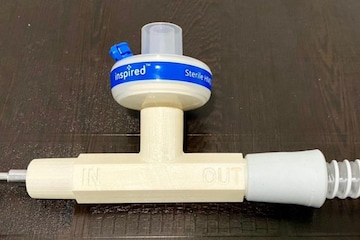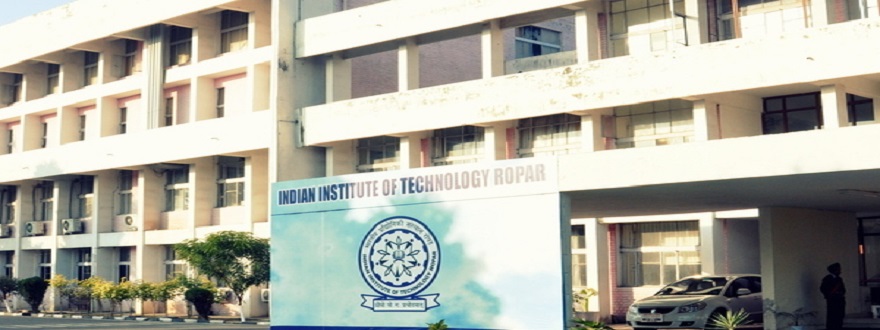The researchers at Indian Institute of Technology (IIT) Ropar has developed a indigenous device called ‘Jivan Vayu’ which can deliver high flow oxygen without electricity or any other power supply. The device is especially designed for COVID-19 patients. The institute has used 3D printing technology to design the first prototype.
The working of this device is based on Continuous Positive Airway Pressure or CPAP therapy. However, it is more cost-efficient then any other CPAP methods currently being used in india. The device can deliver oxygen flow of about 20 to 60 litres per minute (LPM) while maintaining positive pressure upto 20 cm H2O during continuous supply.
Maintaining a stable oxygen flow with effortless intake is crucial for COVID-19 patients. The device is carefully designed by considering such demands of the health sector. As per the guidelines of World Health Organisation (WHO), CPAP, HFNO and NIPPV are the most effective oxygen therapies in the early stages of COVID infection.

The major issue with currently used CPAP machines is that they work are on electricity supply to maintain oxygen flow. So in case of Power outage, the machines would stop functioning and might result in suffocation for patients. Also, this machines supply works on mild air pressure which requires immediate backup incase of postive pressure drop or any interruption in oxygen supply.
The Jivan Vayu device can directly be connected with the main oxygen supply line or cylinder to accelerate the flow without any external power. Uninterrupted power supply is still a major setback in the rural areas of india which causes health centres to function without electricity. Such devices will help to overcome major issues which can improve the health infrastructure in india.
The first prototypes were primarily designed, developed and tested at Advanced Materials and Design Lab of IIT Ropar. The project was led by Dr Khushboo Rakha, an Assistant Professor at the Metallurgical and Materials Engineering department. The first fully-functional device was 3D printed at Rapid Prototyping Lab at the Punjab Engineering College.

